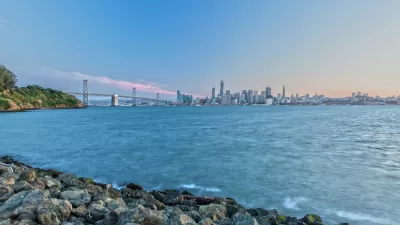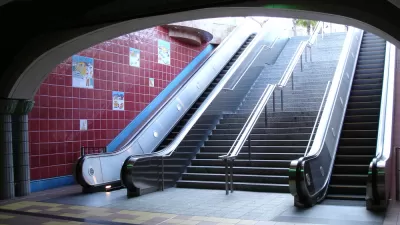The slums are either a socially cohesive neighborhoods or a major problem -- depending on who you are. This exploration into the slums of Manila show the disconnect between the people and the government about the slums and their future.
Officials in the Philippines have condemned its slums, but locals are trying to hold on to their communities.
"This is a place where you cannot stride along without hitting your head or bruising your elbow, so people creep and shuffle. Here, you cannot go to the toilet without standing in a queue. Here, sex between a man and a woman has to happen within breathing distance of their kids and earshot of 20 other families. This is the classic 21st-century slum. A billion people live in them, one in seven of the world's population. By 2050, according to the United Nations, there could be three billion. The slum is the filthy secret of the modern mega-city, the hidden achievement of 20 years of untrammelled market forces, greed, neglect and graft.
Yet Mena, at my elbow, is feeding me an incessant mantra: 'We are happy; there is social cohesion here; we are organised; it is clean.' The reason is this - the Estero de San Miguel has been condemned. The president of the Philippines, Benigno "Noynoy" Aquino, has decided to clear Manila's slums and send half a million people back to the countryside. That suits the business elite and the political clans that run the country fine. 'Many of our people are no longer interested in agriculture, so we need to give them incentives to go back,' says Cecilia Alba, head of the national Housing and Urban Development Co-ordinating Council. 'If we had to rehouse the slum-dwellers inside Manila in medium-rise housing, it would cost a third of the national budget.'"
FULL STORY: Slumlands — filthy secret of the modern mega-city

Maui's Vacation Rental Debate Turns Ugly
Verbal attacks, misinformation campaigns and fistfights plague a high-stakes debate to convert thousands of vacation rentals into long-term housing.

Planetizen Federal Action Tracker
A weekly monitor of how Trump’s orders and actions are impacting planners and planning in America.

In Urban Planning, AI Prompting Could be the New Design Thinking
Creativity has long been key to great urban design. What if we see AI as our new creative partner?

King County Supportive Housing Program Offers Hope for Unhoused Residents
The county is taking a ‘Housing First’ approach that prioritizes getting people into housing, then offering wraparound supportive services.

Researchers Use AI to Get Clearer Picture of US Housing
Analysts are using artificial intelligence to supercharge their research by allowing them to comb through data faster. Though these AI tools can be error prone, they save time and housing researchers are optimistic about the future.

Making Shared Micromobility More Inclusive
Cities and shared mobility system operators can do more to include people with disabilities in planning and operations, per a new report.
Urban Design for Planners 1: Software Tools
This six-course series explores essential urban design concepts using open source software and equips planners with the tools they need to participate fully in the urban design process.
Planning for Universal Design
Learn the tools for implementing Universal Design in planning regulations.
planning NEXT
Appalachian Highlands Housing Partners
Mpact (founded as Rail~Volution)
City of Camden Redevelopment Agency
City of Astoria
City of Portland
City of Laramie




























